May 23, 2025 | 10:32 GMT +7
May 23, 2025 | 10:32 GMT +7
Hotline: 0913.378.918
May 23, 2025 | 10:32 GMT +7
Hotline: 0913.378.918
At the 15th Conference of the Parties to the Convention on Biological Diversity (COP 15), Vietnam committed to implementing the 30x30 Target under the Kunming-Montreal Global Biodiversity Framework (GBF): to conserve and effectively manage at least 30% of terrestrial areas, inland waters, marine, and coastal areas by 2030.
Following that, at COP16, one of the key developments was the review and technical refinement of the Monitoring Framework, aimed at standardizing and enhancing the monitoring and reporting of biodiversity conservation outcomes by member countries.
Vietnam is currently conducting a mid-term review of the implementation of its National Biodiversity Strategy and Action Plan to 2030, with a vision to 2050, in accordance with Prime Minister's Decision No. 149/QĐ-TTg, to ensure alignment with global biodiversity goals.
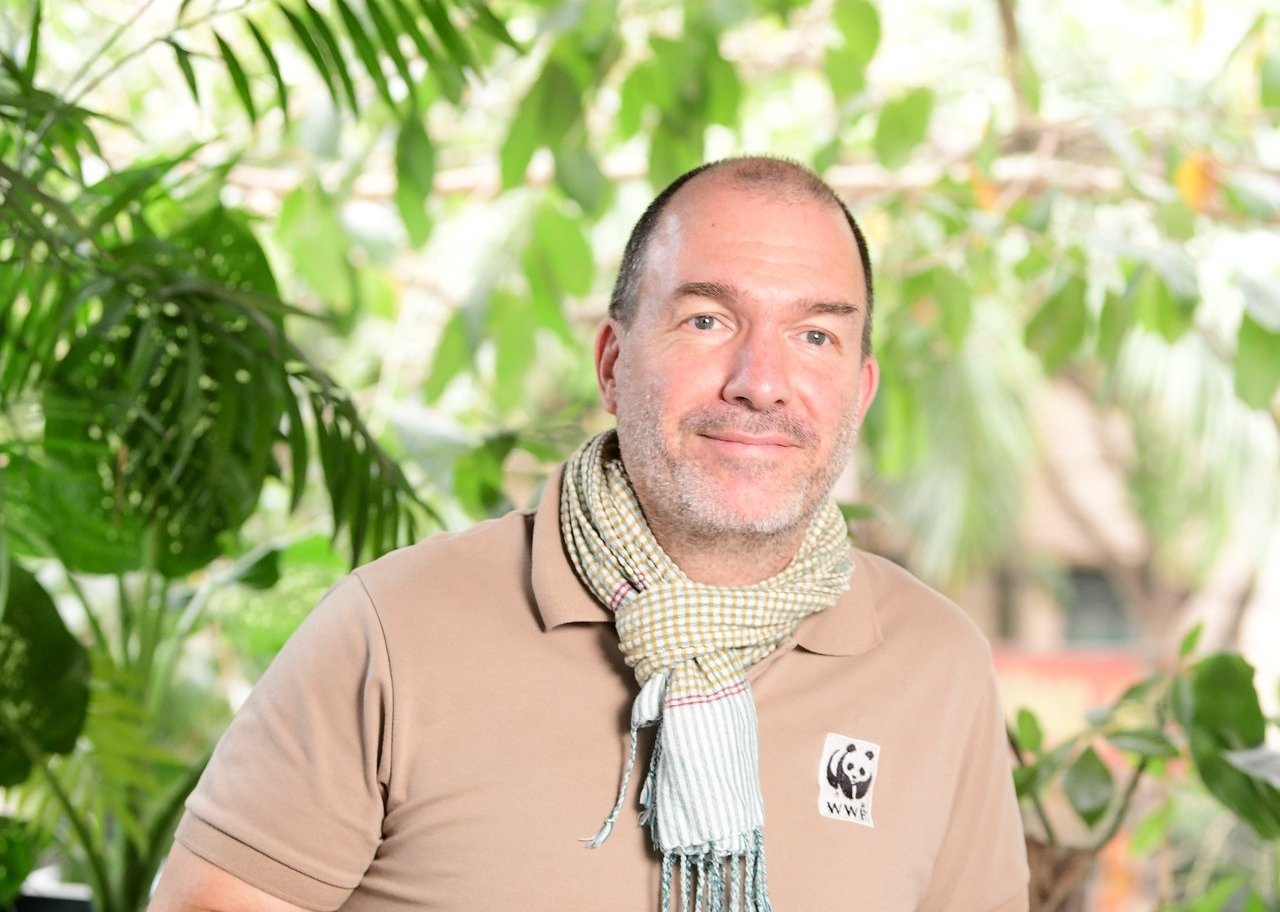
Mr. Thibault Ledecq, Chief Conservation Officer, WWF-Vietnam. Photo: WWF.
Biodiversity is natural capital, forming the foundation for food security, climate change adaptation, the livelihoods of millions of people, and the potential for green growth.
The Kunming-Montreal Global Biodiversity Framework (GBF) and the United Nations Sustainable Development Goals (SDGs) are regarded as two parallel and mutually reinforcing pillars. Many GBF targets align with the SDGs and contribute to their achievement by promoting sustainable agriculture, forestry, and fisheries.
I believe that in the process of transitioning to a green economy, a circular economy, and deeper international integration, Vietnam must consider nature conservation as an essential factor for enhancing national competitiveness.
The year 2025 marks a critical point for assessing the progress of Vietnam’s National Biodiversity Strategy and Action Plan to 2030, with a vision to 2050 (NBSAP). In this context, the NBSAP Tracker will serve as a benchmark against global trends, learning from international experiences, and strengthening alignment between national goals and the GBF - thereby enhancing the country’s contributions toward the 2030 global targets and reinforcing its leadership on biodiversity in international arenas.
From 2025 to 2030, WWF-Vietnam will implement a pilot plan to support the recognition of Other Effective area-based Conservation Measures (OECMs) in the country, helping to account for conserved biodiversity areas outside protected zones in Vietnam’s national reporting. This initiative will position Vietnam as an active contributor to global biodiversity goals.
On the occasion of the International Day for Biological Diversity 2025, WWF-Vietnam calls for the leadership of individuals and organizations in conservation efforts - from integrating biodiversity conservation into parliamentary agendas, to supporting and mainstreaming it into policies and economic development - so that conservation evolves from a "responsibility" into a true "development opportunity."

Mr Daniel Herrmann, Head of Climate Policy, GIZ Viet Nam. Photo: GIZ.
The fact that Viet Nam committed to both the UN SDGs and the GBF shows the country’s clear commitment to secure a prosperous and sustainable future for the country.
Sustainable development without considering biodiversity will undermine the very foundation of development. Integrating conservation into development planning, through protected areas, green infrastructure, sustainable agriculture and nature-based solutions, helps increase resilience to climate change and natural disasters, while reducing greenhouse gas emissions.
Furthermore, it is crucial to follow a whole-of-society approach, agreeing on the means to realise sustainable development and biodiversity conservation, and to cooperate and coordinate with all relevant stakeholders along the way.
Through projects funded by the German Federal Ministry for Economic Cooperation and Development (BMZ) and the German Ministry for Economics and Climate Action (BMWK) through the International Climate Initiative (IKI), GIZ has worked closely with the Ministry of Agriculture and Environment to provide technical assistance, including policy advice on nature conservation and the re-alignment between the KMGBF and the NBSAP as well as capacity building on sustainable finance for protected areas, responsible tourism, community-based forest protection and the application of digital technology in forest monitoring and protection.
GIZ’s expertise as an implementing agency for technical cooperation with Viet Nam on behalf of the German government lies in capacity building. We will work with the Ministry of Agriculture and Environment to promote integrated management of protected areas that combine different ecosystems, focusing on improving the institutional and technical capacity in Hoang Lien National Park, Van Long Wetland Nature Reserve and Xuan Lien National Park.
GIZ will also promote OECMs in Viet Nam and develop recommendations for the national biodiversity monitoring mechanism to meet the GBF commitments. These efforts will directly contribute to the implementation of the National Biodiversity Strategy of Viet Nam and the objectives of the KMGBF.
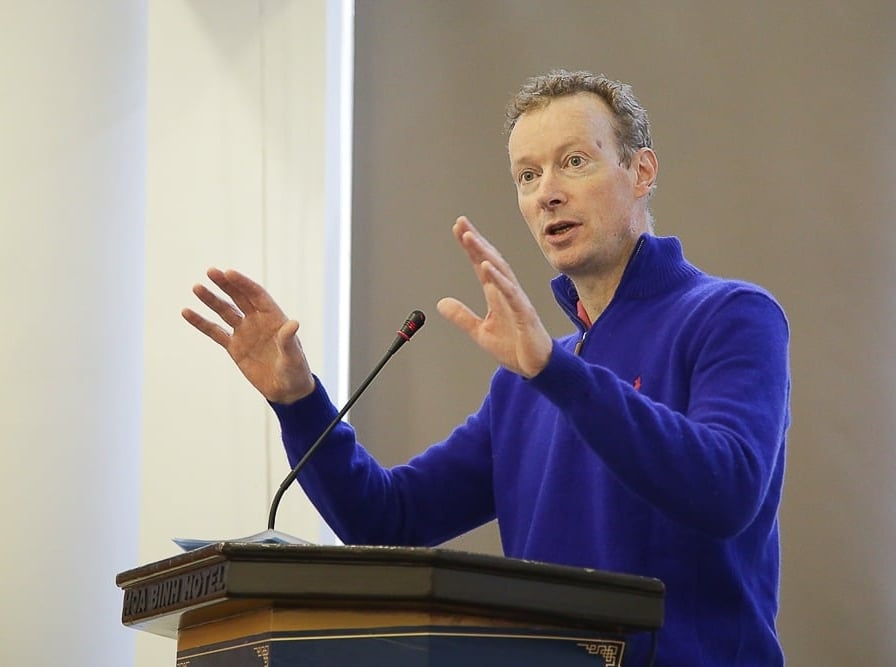
Mr. Jake Brunner, Head of Sub-Region and Country Representative of the International Union for Conservation of Nature (IUCN) in Vietnam. Photo: IUCN.
The recognition and promotion of OECMs in Vietnam not only contribute to fulfilling the global 30x30 commitment under the GBF, but also effectively protect some of its most biodiverse but threatened habitats, such as isolated karst hills, seasonally flooded grasslands, and coastal mudflats that are poorly represented in the protected area system.
Although OECMs have been incorporated into the NBSAP, there is still no clear legal framework in place. Therefore, Vietnam needs to complete the relevant regulations, strengthen the capacity of stakeholders, identify potential areas, and pilot the implementation of OECMs.
OECMs can be implemented across various areas outside official protected zones: from natural forests managed by forestry enterprises, flood-based crop such as lotus areas in the Mekong Delta, agroforestry practice zones in the Central Highlands, to undeveloped land such as Bai Giua in the Red River and swampy areas in Nha Be District in HCMC.
As with any new initiative, a process of exploration and implementation is necessary. We are actively coordinating with organizations and the Ministry of Agriculture and Environment (MAE) to advance the 30x30 target, focusing on: (i) Continue strengthening capacity of Vietnamese partners regarding OECMs; (ii) Develop an implementation roadmap for OECMs in Vietnam (referring to GIZ and IUCN roadmaps); (iii) Identify potential OECM sites in Vietnam through the use of the Red List and Key Biodiversity Areas (KBAs); (iv) Pilot the establishment of OECMs in Vietnam and compile results for reporting to competent authorities; (v) Institutionalize OECMs by reviewing and amending existing regulations following the reorganization and merger of units under MAE and local authorities.
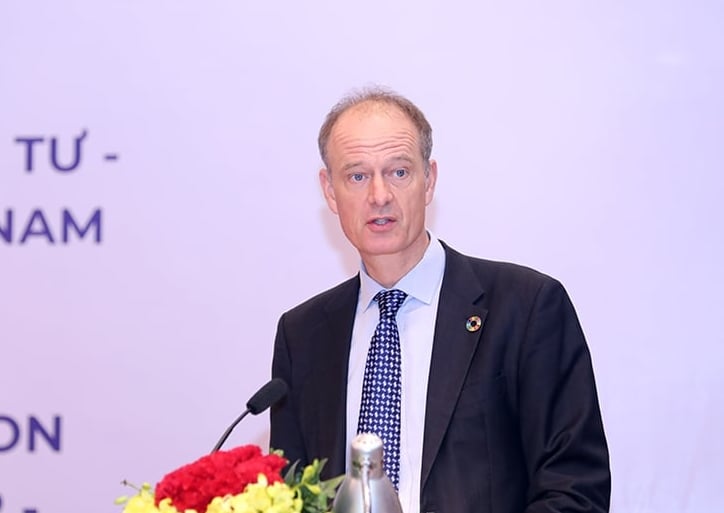
Mr. Patrick Haverman, Deputy Resident Representative of the United Nations Development Programme (UNDP) in Vietnam. Photo: UNDP.
The International Day for Biodiversity 2025 delivers a meaningful call to action: "Live in harmony with nature and sustainable development." We believe that development should not be measured solely by the pace of economic growth, but also by the ability to sustain ecosystems, protect natural habitats, and ensure that no one is left behind.
Vietnam has demonstrated leadership in mainstreaming biodiversity into its national development strategies. The year 2025 presents an opportunity to strengthen the connection between development and conservation, placing nature at the heart of sustainable development strategies.
To support Vietnam in effectively implementing its international commitments, UNDP is working closely with central and local partners to promote nature-based solutions, enhance protected area management, and support community-led conservation initiatives. These efforts bring Vietnam closer to its development goals such as: Sustainable Development Goals (SDGs), including SDG 13 (Climate Action), SDG 14 (Life Below Water), SDG 15 (Life on Land), and SDG 1 (No Poverty).
UNDP is supporting the government in implementing the NBSAP by providing technical guidance and access to international environmental finance - including GEF and the Green Climate Fund (GCF), assessing the risks of invasive alien species to ecosystems and communities, and integrating biodiversity into key sectors such as agriculture, forestry, fisheries, and tourism.
We are committed to standing with Vietnam in advancing biodiversity conservation efforts through an inclusive, science-based approach that aligns closely with national and local priorities.
Translated by Kieu Chi
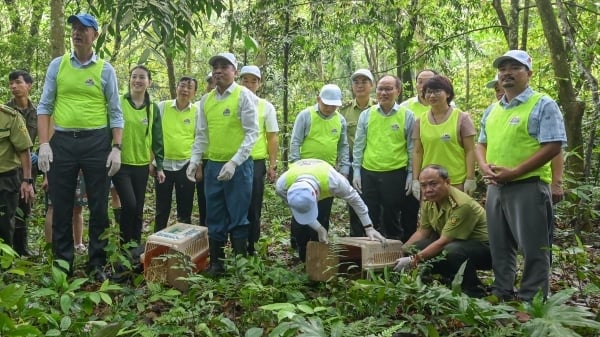
(VAN) On celebration of International Day for Biological Diversity, Deputy Minister Nguyen Quoc Tri called for practical actions to address nature and biodiversity conservation.
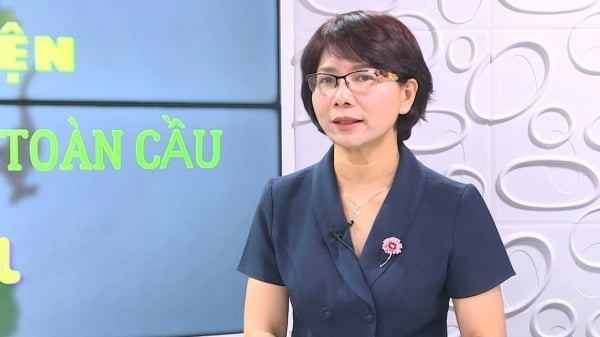
(VAN) Dr. Hoang Thi Thanh Nhan – Deputy Director of the Nature and Biodiversity Conservation Agency – highlighted this on the International Day for Biological Diversity, May 22, 2025.
![Ho Chi Minh city adapts to climate change: [2] Accelerating action](https://t.ex-cdn.com/nongnghiepmoitruong.vn/608w/files/chiqk/2025/05/22/4024-4220-bien-doi-khi-hau-1-100626_766.jpg)
(VAN) Clearly recognizing the challenges posed by climate change, Ho Chi Minh city has swiftly shaped its policies and implemented practical solutions to adapt.
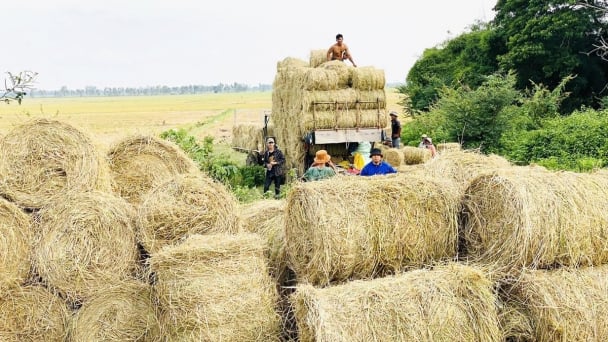
(VAN) Rice straw is no longer just a discarded byproduct, but it is becoming a green resource that helps farmers in the Mekong Delta reduce emissions and promote circular, sustainable agriculture.
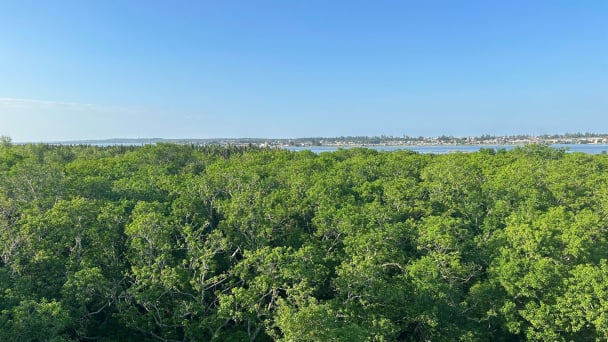
(VAN) Other Effective Area-based Conservation Measures (OECMs) are solutions that contribute effectively to achieving the goals of the Kunming–Montreal Global Biodiversity Framework.
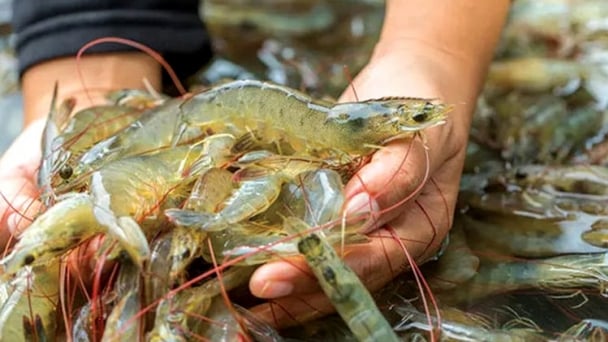
(VAN) A study assessing the carbon footprint of whiteleg shrimp farming in China shows the potential for carbon emission reduction through the use of renewable energy.